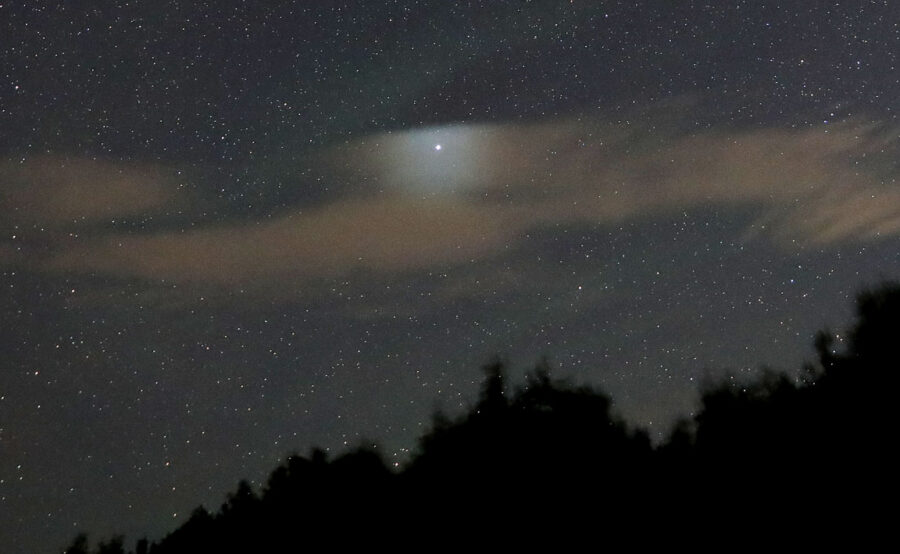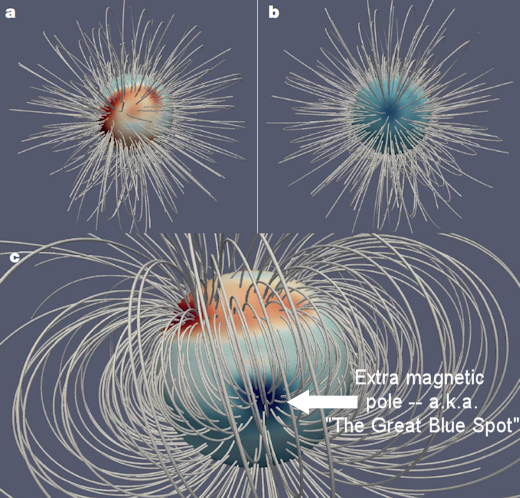Jupiter’s family has really grown since Galileo first
recorded its four largest moons in 1610.
On Tuesday, the International Astronomical Union (IAU) announced the discovery of 10 new moons orbiting Jupiter. Along with two found through the same research project but announced in June 2017, this brings the roster of Jupiter’s known natural satellites to 79.
One of these new moons turned out to be a bit of a rebel. Of the 12 latest moons to join Jupiter’s family, it’s a maverick whose odd orbit may give astronomers crucial insights to understanding how the moons of Jupiter came to be.
Two Birds with One ‘Scope
The discovery of these moons came from a totally different search for new solar system bodies. Astronomer Scott Sheppard of the Carnegie Institution for Science is on the hunt for Planet Nine, a hypothetical planet many astronomers think should exist in the distant reaches of our Solar System, beyond Pluto. He and his team have been photographing the skies with some of today’s best telescope technology, hoping to catch sight of this mysterious ninth planet.
In the spring of 2017, Jupiter happened to be in an area of sky the team wanted to search for Planet Nine. Sheppard, who is broadly interested in the formation of solar systems and has been involved in the discovery of 48 of Jupiter’s known moons, realized this was the perfect opportunity to advance two separate research goals with the same telescope data.
The Blanco 4-meter telescope Sheppard was using is uniquely suited to spotting potential new moons both because the camera installed on it can photograph a huge area of sky at once and because it’s particularly good at blocking stray light from bright objects nearby — say, Jupiter — that might wash out fainter ones.
“It’s allowed us to cover the whole area around Jupiter in a few shots, unlike before, and we’re able to go fainter than people have been able to go before,” says Sheppard.
Once the Blanco telescope spotted previously unidentified objects near Jupiter, the research team used other telescopes to follow up on these moon candidates and confirm that they were orbiting Jupiter.


![[]](https://mcusercontent.com/0c5fce34d5ca05f64a13d085d/images/7269d6a6-85a6-6a8a-252d-1865a508803b.jpg)
![[]](https://mcusercontent.com/0c5fce34d5ca05f64a13d085d/images/7ddf9dd9-db1b-869f-7831-2d3986b9438a.png)
![[]](https://mcusercontent.com/0c5fce34d5ca05f64a13d085d/images/3fe51454-3c22-4e13-a932-66874dbdbd50.jpg)

![[]](https://gallery.mailchimp.com/0c5fce34d5ca05f64a13d085d/images/e47e1547-3262-4287-88ed-765148e175c1.png)

![[]](https://gallery.mailchimp.com/0c5fce34d5ca05f64a13d085d/images/3939c313-54df-43ac-9596-872fcfd4c68a.png)


